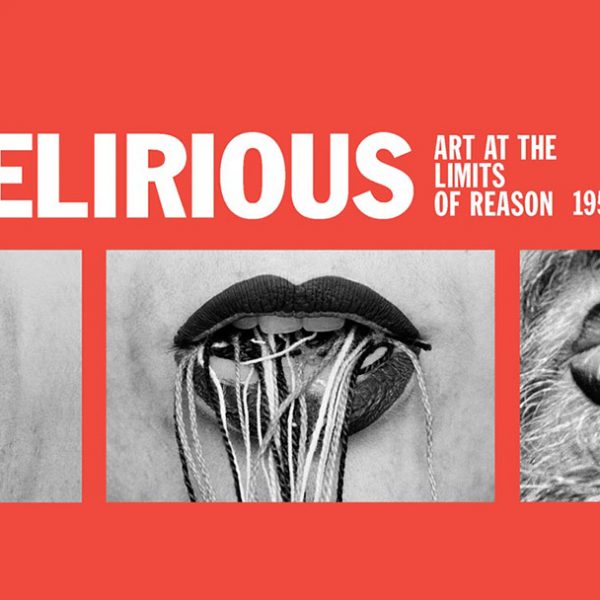Lucian Freud: 70 Years of Portraiture

Reflection (Self-Portrait) 1985
The people portrayed in Lucian Freud’s portraits are not passive, flawless models, stuck in the imagined world of a framed canvas. They have lived—endured—with evidence of years past in their rough, wrinkled, worn, and scarred skin. Like his psychoanalyst grandfather Sigmund Freud, Lucian Freud explores his subjects’ inner troubles and longings. As Freud himself recognized, “There has to be a living presence for my paintings to be successful.” His subjects are not simply models, but individuals that come rippling to life through the artist’s fluid paint strokes. Many of the individuals who sat for Freud were interviewed for the fascinating February Vanity Fair article about Freud, his paintings, and his subjects.
For several years leading up to his death at age 88 in July 2011, Freud worked with Britain’s National Portrait Gallery to exhibit his world-renowned portraits. The exhibition, which opened with a royal preview for the Duchess of Cambridge on Wednesday, will be open to the public from February 9to May 27. The gallery is showing more than 100 paintings completed over 70 years, featuring the artist’s friends, family, and artistic colleagues such as Frank Auerbach, Francis Bacon, Leigh Bowery, and David Hockney. The exhibition will then move to the Modern Art Museum in Fort Worth, Texas from July 1 to October 29.
 Paintings from this collection are featured in Lucian Freud Portraits by Sarah Howgate, which reproduces each work with all its remarkable texture, and an illustrated chronology and previously unseen documentary photographs place Freud’s works within the context of his remarkable biography.
Paintings from this collection are featured in Lucian Freud Portraits by Sarah Howgate, which reproduces each work with all its remarkable texture, and an illustrated chronology and previously unseen documentary photographs place Freud’s works within the context of his remarkable biography.
The volume also includes a series of interviews with the artist, conducted between May 2009 and January 2011 by Michael Auping. Never before published, these interviews reveal Freud’s thoughts on the complex relationship between artist and sitter, the challenges of painting self-portraits—and the unique qualities of his many nudes. “I think the nudes have to do with making a larger, more complete portrait.” Freud told Auping in 2009 interview. “Anyone can put on different clothes. The naked body is somewhat more permanent, more factual.” Of his portraiture in general, Freud said, “I’m not very theoretical,” explaining, “I’m just trying to see and understand the people that make up my life.
 Lucian Freud Painting People, also by Sarah Howgate, offers a chronological introduction to the artist’s work. The book includes an essay by critic Martin Gayford in which he discusses Freud’s place in art history and offers personal insights into the artist’s life and approach to portraiture. David Hockney, Freud’s longtime friend and fellow, gives a revealing account of his own experience sitting for a portrait by Freud entitled, “You Can Smoke, But Don’t Tell Kate Moss,” in which he describes gossiping about mutual acquaintances as he mixed the paint in the artist’s “old-fashioned Bohemia” of a studio.
Lucian Freud Painting People, also by Sarah Howgate, offers a chronological introduction to the artist’s work. The book includes an essay by critic Martin Gayford in which he discusses Freud’s place in art history and offers personal insights into the artist’s life and approach to portraiture. David Hockney, Freud’s longtime friend and fellow, gives a revealing account of his own experience sitting for a portrait by Freud entitled, “You Can Smoke, But Don’t Tell Kate Moss,” in which he describes gossiping about mutual acquaintances as he mixed the paint in the artist’s “old-fashioned Bohemia” of a studio.
Freud’s work is an autobiography of biographies—a look into Freud’s life through his intimate studies of others. His raw, expressive portraits reveal Freud’s close interaction with his subjects, shedding light to mysterious and private lives of both his subjects and the artist himself.


























wonderful article. I’m so disappointed that i won’t be able to view this exhibit. Any chance of it coming to Seattle some day??